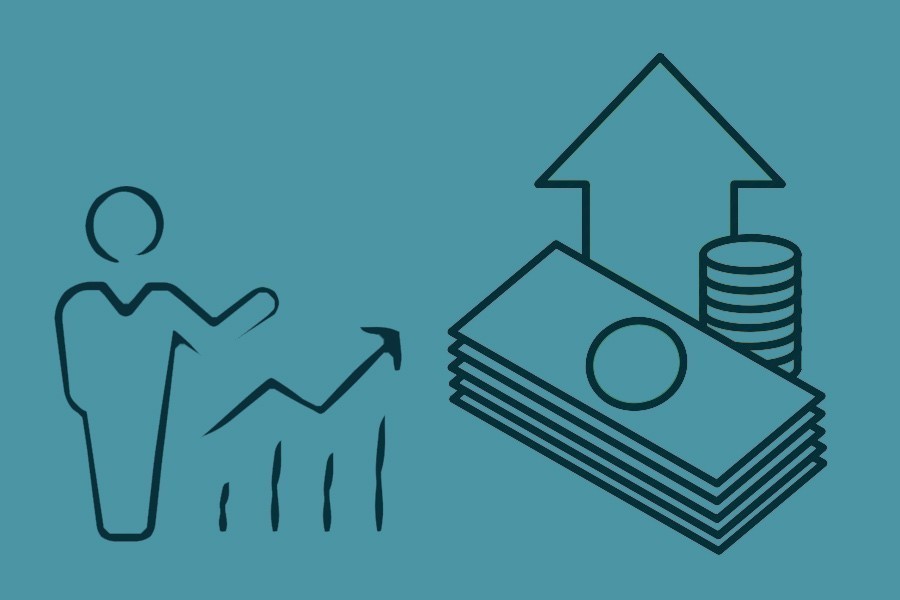Bangladesh has so far proved many downbeat forecasts about the performance of its pandemic-affected economy wrong. For instance, the two chief sources of the country's hard currency income, the readymade garment (RMG) exports and the remittances sent by migrant workers, have been the subject of much speculation. At the early stage of the pandemic attack, however, various containment measures here and abroad resulted in a drastic fall in earnings from the RMG exports in 2020. But from June of 2020 things began to pick up and in August, the earnings from RMG exports outstripped that of the previous year's by 44.63 per cent. The trend seems to be on a stable course since. The migrant workers' remittances, too, did not follow more conservative predictions. In March 2020, the remittance receipt compared to that in the same month of 2019 fell by 12 per cent, though the World Bank's prediction was 22 per cent. But then the record high remittance in July 2020 even baffled economists prompting them to caution the government against being complacent about such robust growth in remittance.
The resilience of export and remittance sectors has again manifested in the surplus current-account balance registered by the economy. The Bangladesh Bank statistics show that in the July-August period, the current account on the balance of payments reached USD3.3 billion. The current account balance, as is well-known in the financial circles, measures the inflow and outflow of goods, services, investment incomes and transfer payments in an economy.
The reasons for such positive current-account balance may be that the country's total export in the period was greater than import. It may indicate increased employment in the export sector. Lower import, on the other hand, may mean people are spending more on domestic goods than foreign ones. It can be good for domestic employment. It may also have to do with the exchange rate. In fact, there is no simple answer as to what lies behind the surplus.
Whatever may be the reason, it is a clear indicator of the fact that the economy at the moment is on a stronger footing. Since Bangladesh economy has no reason to experience a boom when the pandemic is still raging, the question of a deficit balance does not arise. The economic indicators clearly show that from a sharp recessionary fall during the early pandemic months, the economy is now going through a rising phase towards reaching the pre-pandemic level. Economists term this V-shaped recovery.
But given the pandemic's likely relapse with a vengeance globally, the earnings from remittance and export still remain at risk. That would require the government to be more cautious about undertaking big projects susceptible to global supply chain disruptions. However, the government should use the good reserve position to promote domestic spending through increased public sector investment and create more jobs. The manufacturing sector, especially, the medium, small and micro-level enterprises should be supported through easy credits from banks. This will have the knock-on effect of creating jobs in the economy. This is more so against the backdrop of a severe pandemic-induced economic disruptions which have thrown millions out of job. And it has also worsened the poverty situation necessitating extra attention to the vulnerable groups. As such, the priorities before the government are clear. The need is to ensure prudent use of the surplus money to keep the economy moving.


